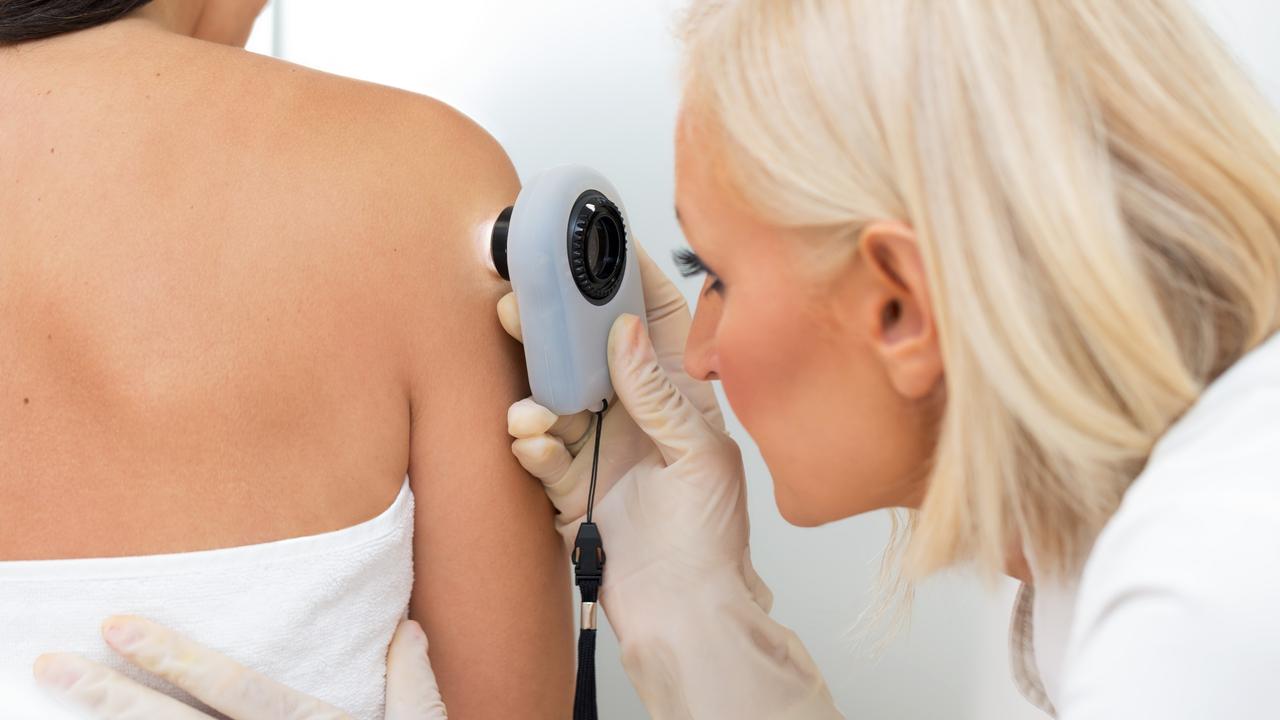A skin-cancer survivor working as a health professional in northwest Queensland says innovative new research that uses AI to detect melanoma could save lives.
The University of Queensland has been granted nearly $3m to trial how clinicians can use artificial intelligence and 3D skin imaging for the early diagnosis of skin cancer.
The project, which will establish the world’s largest skin-imaging database, will allow rural and regional Australians to have their skin checked for melanomas without having to travel to the nearest GP.
Federal Health Mark Minister Butler said one in two Australians would get skin cancer in their lifetimes.
“Early detection can mean the difference between a quick procedure to remove a worrying mole or a lengthy battle with melanoma,” he said.
“This project will trial using AI to provide the better diagnosis of melanoma for Australians outside of the major cities and far from the nearest specialist.”
Clare Newton, executive director of remote health services in Mount Isa, was on holiday on Magnetic Island when she got the news that she had a “serious, a stage two melanoma”. Stage three melanoma means the cancer cells have metastasized and spread to nearby lymph nodes. Picture: Supplied
The research will be conducted at nine regional hospital and health care centres across Queensland, New South Wales and Victoria, including a 3D total body imaging trial hub.
UQ Centre for Health Services Research Professor Monika Janda said skin-cancer rates were higher in regional areas but fewer than 10 per cent of dermatologists practised outside capital cities.
“We want to ensure equitable access to skin imaging services for regional Australians and reduce the time between detection and treatment, ultimately saving lives,” she said.
“Our study will look at how 3D total body photography, combined with artificial intelligence to support clinicians, can help improve and speed up skin cancer imaging.”
Professor Janda said the project would also include upskilling regional staff.
“Delivering services in rural areas is complex, but technology can help us to tackle the obstacles of distance and a shortage of medical specialists.”
Melanoma with drawn surgery lines. The project is one of 10 that will share in almost $30 million in funding from the Albanese Government, for research into new ways to use AI to improve access to health services and ensure Australia’s health system remains world class. Picture: File
Clare Newton, executive director of remote health services in Mount Isa, survived stage two melanoma, which was caught before the cancer cells metastasized and spread to nearby lymph nodes.
“I am so lucky that the GP that I got in to see knew what they were looking for and caught my melanoma when they did,” she said.
“Many people are not so lucky, and particularly in rural and remote communities, where the nearest specialist might be hundreds of kilometres drive away.”
Ms Newton said she was excited about the potential of the new technology, particularly for people in regional and rural communities.
“More accurate skin cancer imaging will save lives.”

